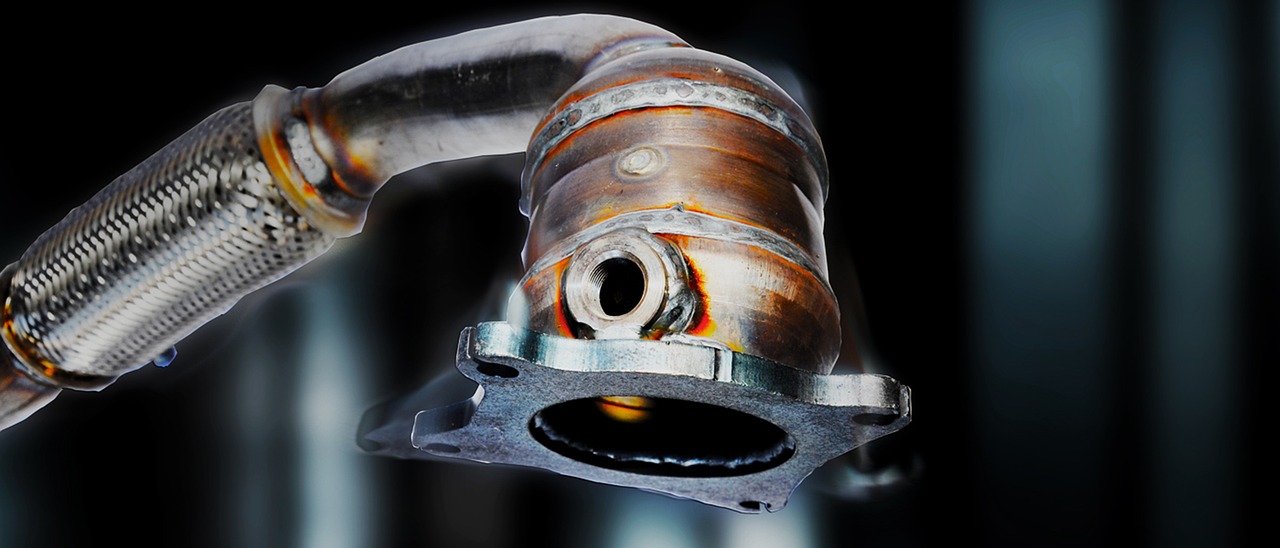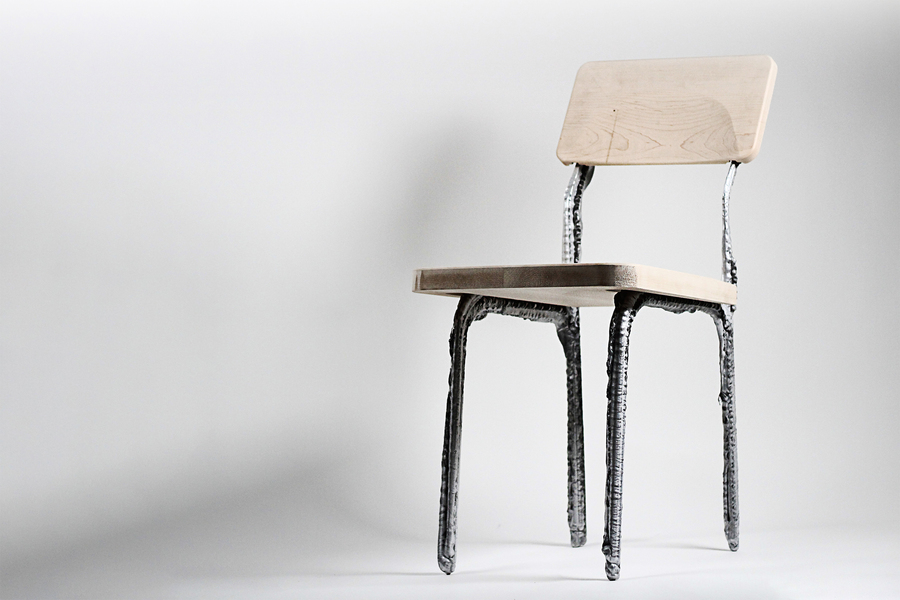Even though a lot of people use cars as a form of transportation, and it is easy to see how they make our lives much easier, still, the harm of these vehicles cannot be denied. Gases that arrive from exhausts cause significant damage to both, our environment and people’s health as well.
Furthermore, as we all know, it leads to air pollution. But that’s precisely why we have catalytic converters. Namely, they have been utilized for almost fifty years, and they serve to block these harmful gases that are being released into the atmosphere.
Moreover, these converters are packed with various precious metals, such as nickel, copper, iron, cerium, and manganese, along with rhodium, palladium, and platinum. So how does the auto industry recycle catalytic converters? What do we know about it? Here, we are about to tell you everything!
All You Need To Know About Recycling Catalytic Converters
How Are They Being Recycled?
As with many materials, once they arrive at a material recovery institution, these converters are graded, and then all recyclable parts are being secluded. Once that’s over, the metals can be placed into the recycling facilities and then employed for different purposes.
It’s worth mentioning that you shouldn’t try to get rid of the catalytic converter and its contents all by yourself. How come? It’s because these metal parts that are found in the converter can be very difficult to remove, which can be quite hazardous if it’s not done the right way.
Generally speaking, these converters are not dangerous when left unobstructed, however, if they are opened, and their ceramic bricks are being exposed to the air, then they can be seen as harmful waste. Now, before we proceed, let’s talk about catalytic converter prices and determine whether they are expensive or not. For the time being it ranges between 800US dollars and 1,200US dollars which can be perceived as acceptable.
Generally speaking, even if you have enough money for these converters, it would be recommendable to leave it to the experienced professionals to recycle them, because they already have enough skills and proper equipment to do it.
Anything Else Worth Knowing?
Recycling Machines That Are Being Used
- Decanning Unit – Here, the converter is separated honeycomb from the air exhaust.
- Milling Unit – One sample that comes from the decanning unit reaches the desired size. Then the surface area is enlarged, and it is ready to reach very high chemical efficacy.
- Vacuum Transfer Unit – If the consumer wants to add it to the process, then it has to be done. What happens then? The ground sample is being put to the desired place by using a vacuum transfer.
- Double Conic Mixer – The same goes for this one. If the customer wants to add it to the process, then it is being added. It creates a homogeneous mixture of two or more materials of high, medium, and low quality.
- Roasting Unit – The same is cleaned from various impurities.
- Leaching Unit – It must be dissolved in a leaching solution to receive precious metals in high purity.
- Waste Water Treatment Unit – It’s a combination of Activated Carbon unit and neutralization.
It is easy to see that recycling these converters is far from fast and easy, but those who are experienced enough do not have any issues with it. Unless you are very experienced, do not try to do this yourself.







